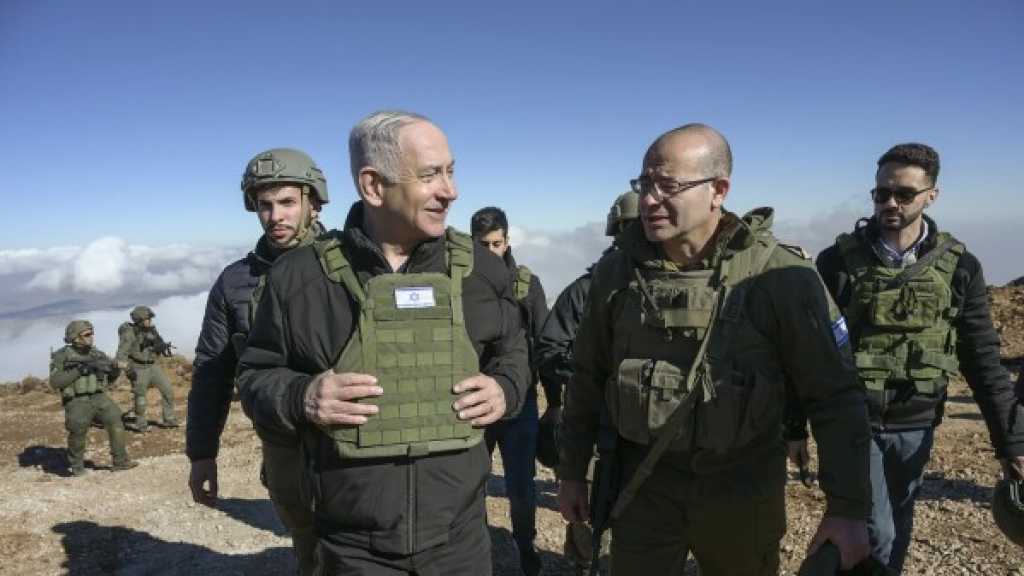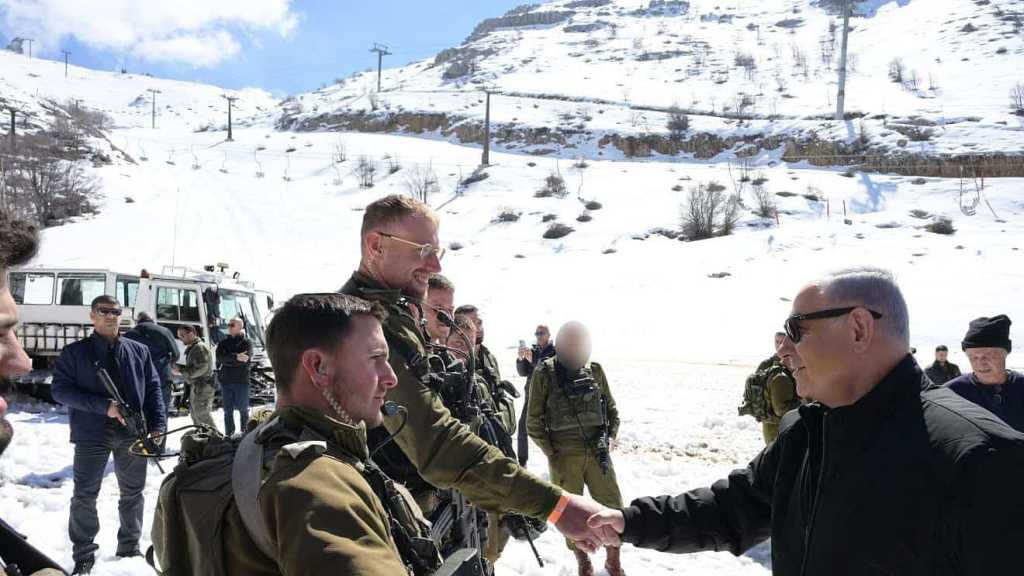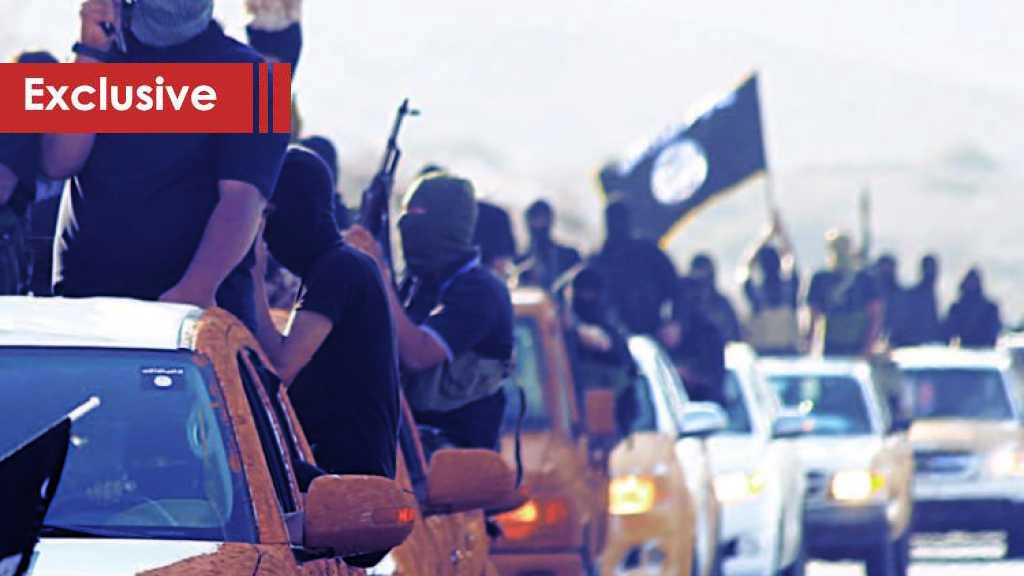Yemen Heading to Victory: The 2020 Road Map

By Charles Abi Nader
A careful review of the course of events surrounding the war in Yemen points to a victory for the Yemeni army and the popular committees against the Saudi-led coalition.
The declaration of that victory is approaching as this unjust war stretches into its fifth year. The date of the declaration depends solely on finding the appropriate exit for the countries behind the aggression.
During a brief press conference, the military spokesman for the Yemeni army and the popular committees, Brigadier General Yahya Saree, presented facts and the course of the war on Yemen during 2019. The conference touched on the development of qualitative weapons and military products which played a crucial role in the battle of defense and steadfastness as well as the liberation of vast Yemeni areas (the liberation of areas in Dhalea and Marib and the "Victory from God" operation in its first and second stages). This battle also defined a strategic course following the Aramco operation that forced the coalition to change its posture. The posture was altered from an attacking one – aimed at imposing control and fulfilling one of the coalition’s main objectives which was subjugating the people of Yemen – to a defensive one and an attempt to retreat and exist the war with the least possible losses.
Brigadier General Saree also illuminated the development of the drones and their accomplishments in the battlefield. However, what was remarkable in Saree’s statement was his clear indication that the coming year would be the year of air defenses and victory.
This declaration is highly important and indeed credible. First of all, it is credible because of the trust in the army and the popular committees’ leadership and their deliberate decisions. Secondly, its credibility stems from the capabilities of the military units and their commitment to consistent fighting – both in terms of defense and offense.
Facts from the battlefield throughout the course of the war have proven that almost all of what is planned is achieved. This means that the road map the leadership of the army and the popular committees develops every year is almost entirely implemented. One vivid example of this is the leadership’s 2017 introduction of ballistic missiles. The leadership declared 2019, the year of drones, and this also happened.
Therefore, the main formula for the 2020 road map, which the Yemeni military spokesman identified as a link between being the year of victory and the year of air defenses can be summed up in several military, field and strategic points:
A look at the army and popular committees’ development of qualitative weapons during the entire period of the war, shows that there was a constant and gradual increase in these weapons. There are many reasons for this.
This is considered a sacred obligation of defense and steadfastness as well as an essential component of success. But there was also a clear opportunity to take advantage of live combat experiences that helped develop and modernize weapons based on the need and requirements of the battle, including the range of the weapons, the size of the explosive and missile charges as well as in the guidance and control system technology.
The Yemeni Military Industrialization Department succeeded in introducing these three elements (the range, the charges and the guidance and control system technology) to the ballistic missiles and drones.
The results on the battlefield were impressive, and there is no need to be constantly reminded of their effectiveness and outcome during battles.
Starting from the expected path of the Military Industrialization Department’s success in developing the Air Defense Force – we saw the first successes in the final months of 2019 when many of the coalition’s launchers, helicopters and advanced drones were shot down – the course of their development towards a more advanced level is certain and constant, God willing.
The coalition’s battles remain heavily dependent on aviation, i.e. planes, helicopters or unmanned drones that are specialized in surveillance or target operations using guided missiles. Hence, Yemeni air defenses both obstruct and restrict the movement of the coalition’s main weapon (aviation). In addition to the air support for its ground forces, the Saudi coalition will also lose a wide range of monitoring and field information it needs for its defensive and offensive operations.
From here, we can understand the fact and the basis for linking the year of victory to the year of air defenses. The coalition will lose its air capabilities that will be restricted and limited. In addition, the army and the popular committees’ use of missiles and drones during battles will be further developed. Meanwhile, the military spokesman outlined nine critical strategic objectives in his recent statement. Six of these are in Saudi Arabia, and the other three are in the United Arab Emirates. He also indicated qualitative operations that would be painful in the event of a continued aggression and blockade. As such, the coming year could very well be the year of victory and the end of the aggression against Yemen.
Comments




